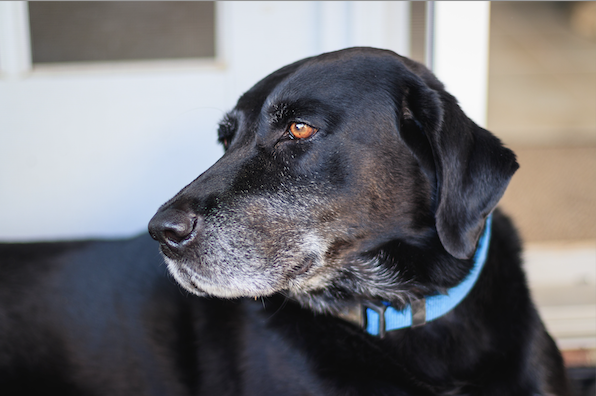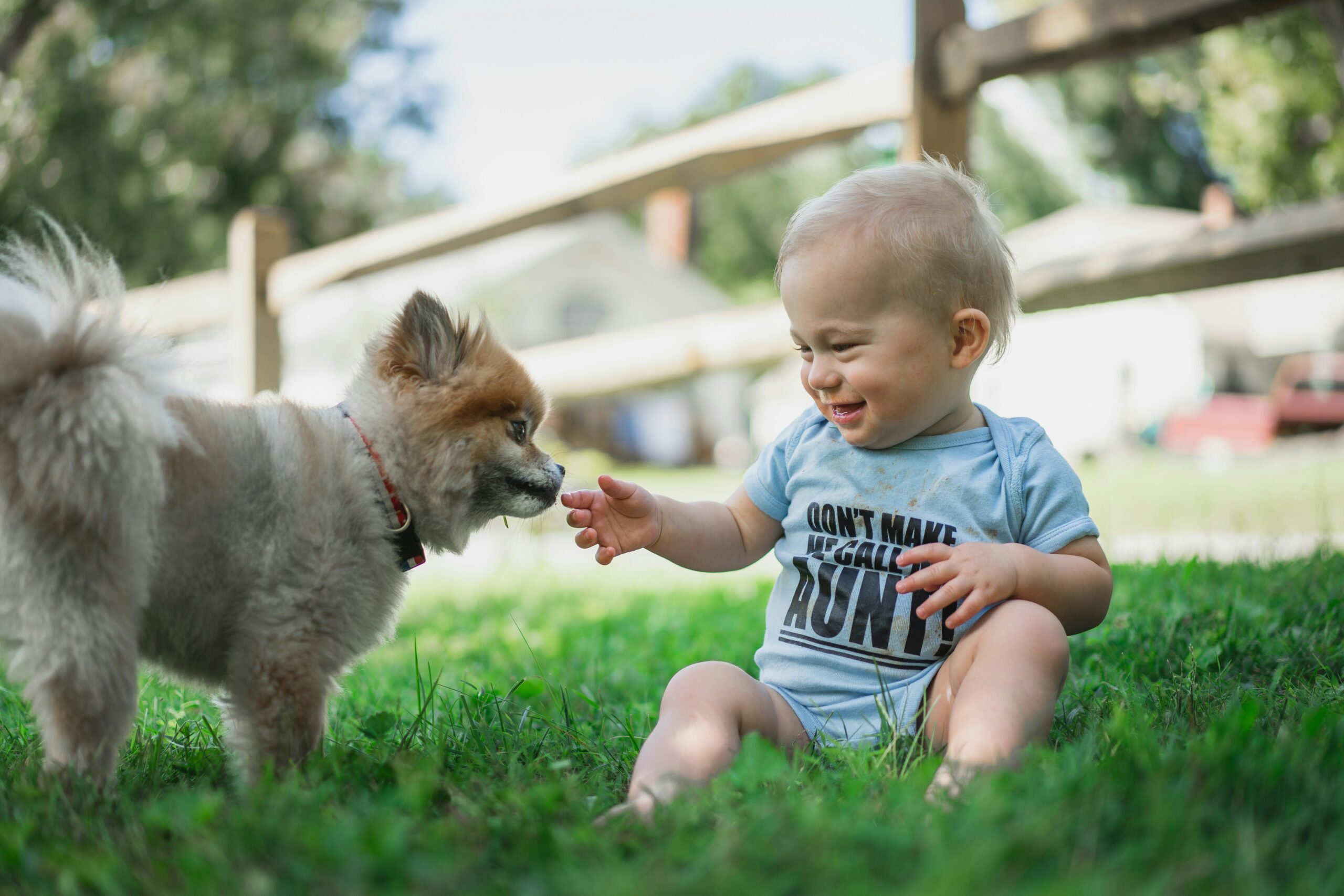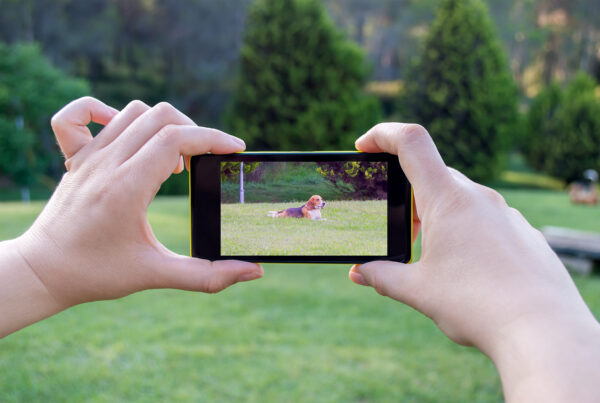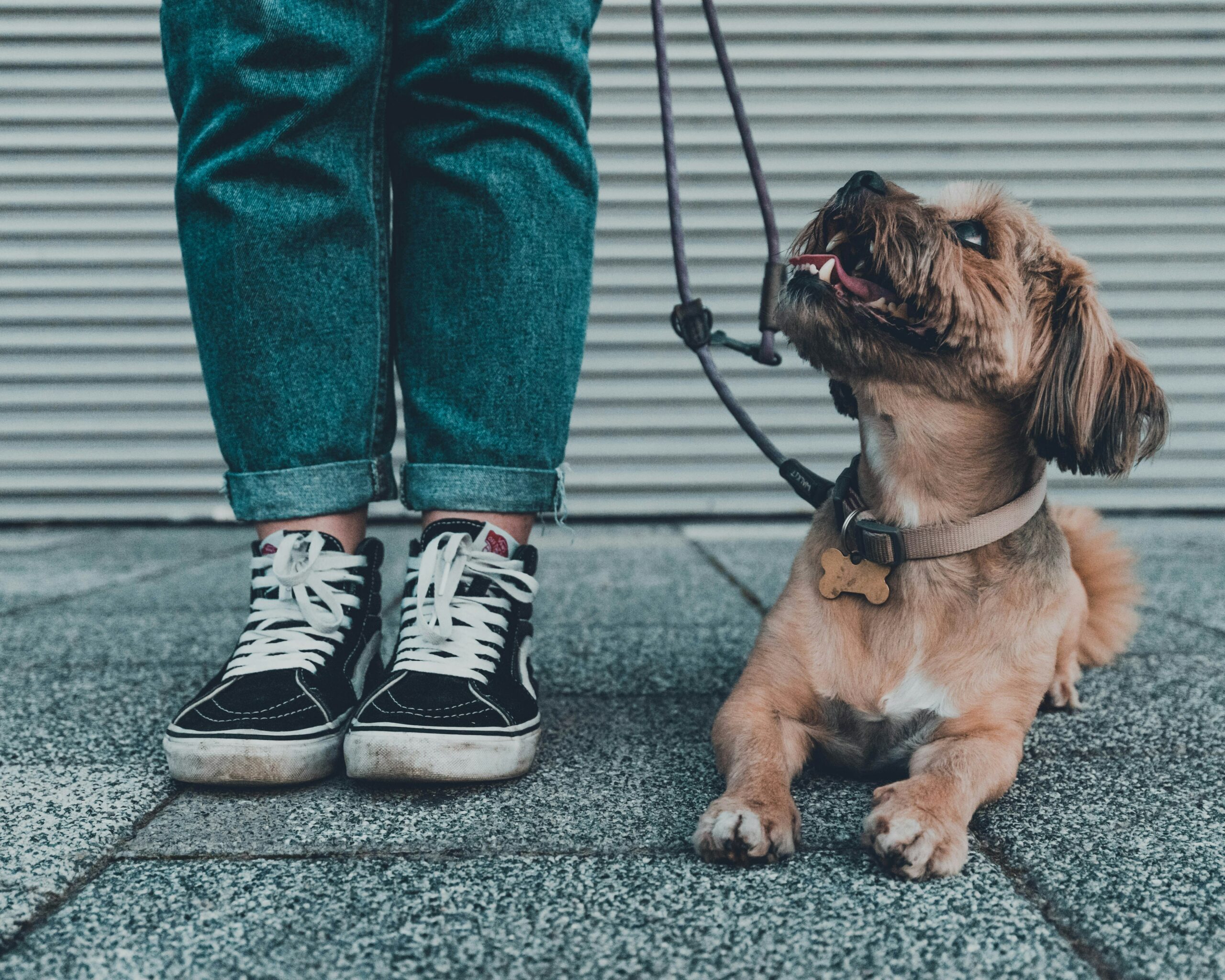Microchipping, a prevalent practice among pet owners and veterinarians, ensures the swift reunion of lost pets with their families. Embedded under the skin, these tiny devices store vital information about a dog and its owner. But what if the chip moves from its original location? And can it cause a lump?
The consequences and reasons for such a shift are explored in this comprehensive guide.
Understanding Microchipping
Before diving into the intricacies of a moving microchip, understanding the technology is essential. A microchip is a minuscule electronic chip encased in a biocompatible glass cylinder, roughly the size of a grain of rice. It’s activated by a scanner and relays a unique identification number.
Placement and Procedure:
Typically, the chip is implanted between a dog’s shoulder blades using a sterile applicator. The process is quick, often likened to a regular vaccination shot, and usually doesn’t require anaesthetics.
Reasons Why a Microchip Might Move
1. Improper Implantation:
The accuracy of the microchip implantation is crucial to its stability. If the chip is not placed deep enough or if the process is done in haste, the chances of the chip moving from its initial location increase. It’s not just about insertion depth, but also the angle and precise spot of implantation. This underscores the importance of having the procedure performed by a skilled veterinarian or a trained technician. Their experience ensures that the chip remains securely in its intended position, reducing any potential complications.
2. Active Lifestyle:
While our canine companions’ energetic frolics and play are a joy to watch, intense physical activity could, in rare instances, contribute to microchip migration. Especially in breeds known for their agility and speed, consistent jostling, jumping, and running might cause subtle movements of the chip. It’s important to note that this doesn’t deter from microchipping active dogs; it simply emphasises the need for periodic checks to ensure the chip’s location remains consistent.
3. Body Structure and Growth:
When a dog is microchipped at a tender age, its rapid growth phase might impact the chip’s position. As puppies mature, their musculature develops, skin stretches, and the overall body structure undergoes significant change. These natural growth processes can, in some cases, lead to the chip migrating slightly from its original spot. Hence, for dogs chipped at a very young age, additional follow-up scans might be beneficial to track the chip’s position.
Consequences of a Moved Microchip
1. Scanning Difficulties:
A chip’s migration brings about a key concern: the challenge in scanning and identification. If the microchip drifts substantially from its standard location between the shoulder blades, standard scanning practices might miss it. This could result in lost pets not being reunited with their owners, negating the very essence of microchipping. Veterinarians and shelter staff must be aware of this possibility, ensuring comprehensive scans to optimise the chances of reading a migrated chip.
2. Potential Health Concerns:
While microchipping is generally deemed safe and complications are rare, there have been sporadic instances where a migrating chip settles in an unconventional part of the dog’s body. This can sometimes lead to minor health complications or discomfort for the pet. It emphasises the importance of periodic veterinary check-ups, where the professional can not only confirm the chip’s location but also ascertain that it’s not causing any health disturbances.
3. Emotional Toll:
The emotional ramifications of a non-detectable microchip can be profound. For a pet owner, the sheer relief of their lost furry friend being found can quickly turn to anguish if the microchip, their primary hope for identification, cannot be read due to its movement. Such scenarios underscore the profound emotional impact that something as technical as chip migration can have on a pet owner’s psyche, highlighting the importance of routine checks and heightened awareness among scanning professionals.
Ensuring Microchip Effectiveness
Regular Scanning:
It’s recommended for pet owners to get their dogs scanned during regular vet visits. This helps ascertain the chip’s location and functionality.
Quality Over Quantity:
Not all microchips are created equal. Opting for a reputable brand and ensuring proper implantation techniques can reduce the risk of migration.
Awareness Among Shelter Staff:
Shelters and rescue organisations should be educated about the possibility of chip migration. This would encourage them to scan the entire body of a found dog, rather than just the typical implantation area.
Are There Alternatives?
While microchipping remains the gold standard for pet identification, there are supplementary options.
– Tattoos:
Some owners choose to have their pets tattooed with an identification number. However, these can fade over time or become distorted due to the pet’s growth.
– GPS Collars:
Modern technology has introduced GPS-enabled collars. These devices can track a pet’s location in real-time but can be removed or lost, unlike microchips.
– ID Tags:
Simple and traditional, metal ID tags attached to a collar display the owner’s contact information. While not as foolproof as microchips, they offer an immediate visual identifier.
Conclusion
The migration of a dog’s microchip, although uncommon, is a potential concern for pet owners. Ensuring correct implantation and opting for quality chips can mitigate the risk. It’s also incumbent upon pet professionals and shelters to be aware of this possibility, ensuring thorough scans in case a pet is lost. As technology evolves, so will identification methods, but the microchip’s relevance remains unparalleled in its utility and effectiveness. Regular checks and awareness are paramount in harnessing its full potential.
Photo credit: https://www.pexels.com/photo/adult-black-labrador-retriever-with-blue-collar-on-focus-photo-1352807/
Did you find this city dog content helpful? Share it with a friend or link it to social media. Enjoy short clips of silly dogs? Best dog training videos? Holistic puppy training tips? Follow us on instagram @nydognanny or on YouTube at nydognanny. Have some news you needs to get to dog and cat parents stat? Email info@newyorkdognanny.com with your article pitch.




